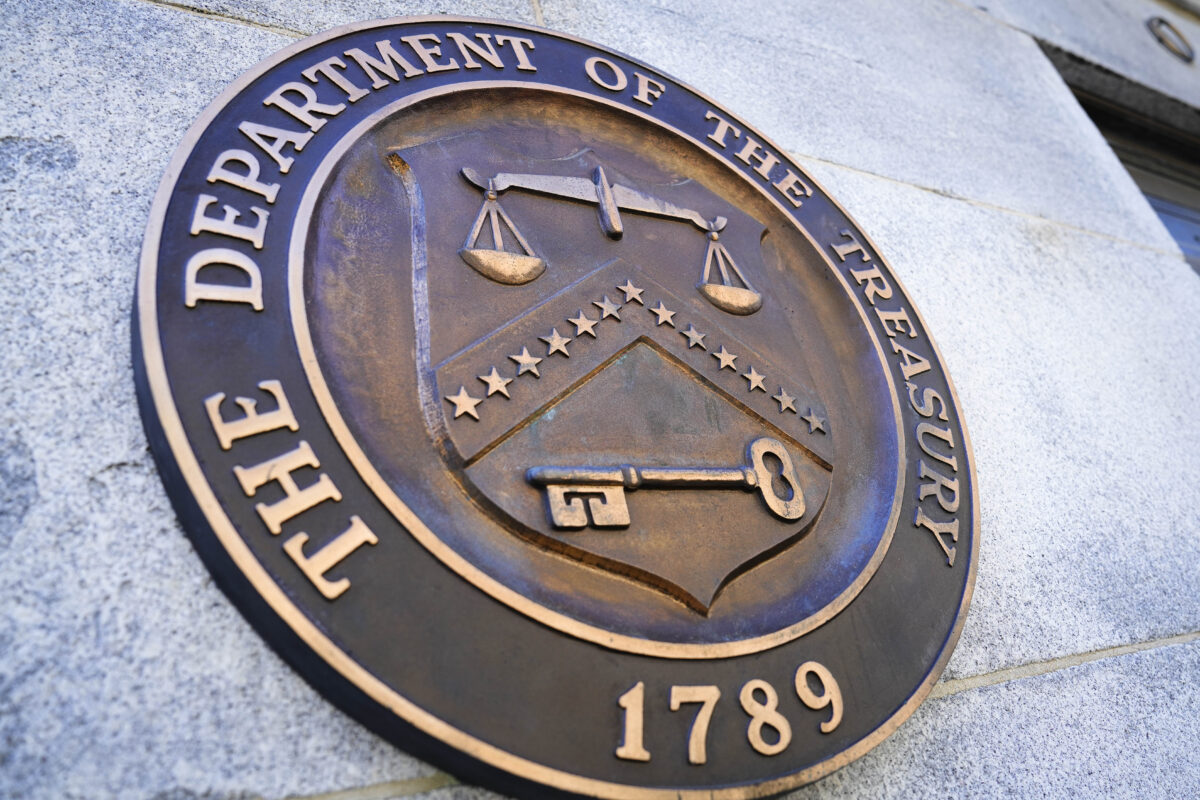
The Bipartisan Policy Center (BPC) reported that the U.S. government would likely default on its payment obligations sometime between early June and early August if changes aren’t made.
The group’s May 2023 debt-limit analysis report, which was released on May 9, cited pressure from a decline in tax revenue as the support for their conclusion on a default date.
The center’s projections for the so-called X-date—when the government will run out of money to pay its obligations—are approximately in line with those issued last week by Treasury Secretary Janet Yellen and the Congressional Budget Office, which will likely increase the pressure on House Republicans and President Joe Biden to find a solution to the debt-ceiling problem with just a few weeks left.
The BPC closely monitors debt-limit disputes in Congress, and estimated in February that the X-date could occur between summer and early autumn, but now expects a default much sooner if Congress fails to raise the $31.4 trillion U.S. borrowing limit.
The think tank concluded that payment delays granted to taxpayers in some severe storm disasters areas, such as much of California and certain counties in Georgia and Alabama, until Oct. 16 have increased the likelihood of a cash shortfall by early June.
The BPC stated in its analysis that if tax revenues enable the Treasury Department to meet obligations through mid-June, quarterly estimated tax payments due on June 15 could likely sustain the government through June 30.
At the end of June, the Treasury could borrow an extra $143 billion by stopping the reinvestment of maturing investments in the Civil Service Retirement and Disability Fund and the Postal Service Retiree Health Benefits Fund. This is one of the remaining extraordinary cash management measures that could be used.
The Treasury secretary sent a letter (pdf) to Kevin McCarthy on May 1, again requesting that the Republican leader take measures to keep the government running in the same way it has up to now.
Yellen told McCarthy that “it is impossible to predict with certainty the exact date when Treasury will be unable to pay the government’s bills … Given the current projections, it is imperative that Congress act as soon as possible to increase or suspend the debt limit in a way that provides longer-term certainty that the government will continue to make its payments.”
While balancing the governmental ledger is at the forefront of many minds, business columnist Lance Roberts calmed some fears in his May 5 column, saying that much of the reporting on a possible default is “rife with misinformation on the debt ceiling.”
The business writer explained that the purpose of the debt ceiling was to put a credit limit on the federal government, and as such it is the responsible government to begin discussing budget cuts, spending reductions, or revenue increases.
“The goal, logically, is to keep the country in a surplus position over time,” Roberts said. “Nevertheless, could there be a short-term delay in making interest payments? Absolutely. Is there any risk of a default on the payment of interest or principal on outstanding Treasury bonds? Absolutely not.”
Biden and congressional leaders are slated to resume negotiations on raising the debt ceiling again on May 9.
Reuters contributed to this report.

















































